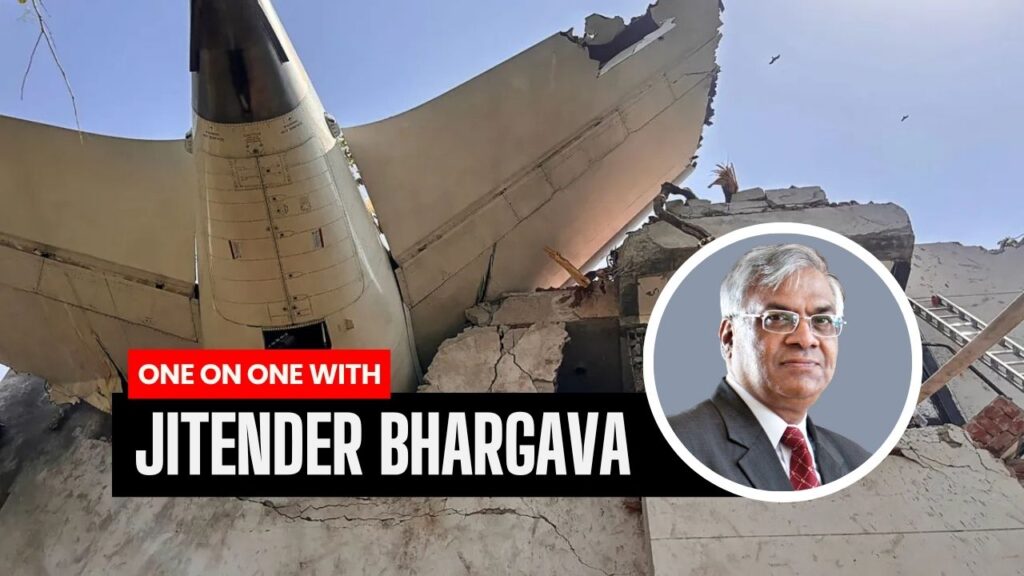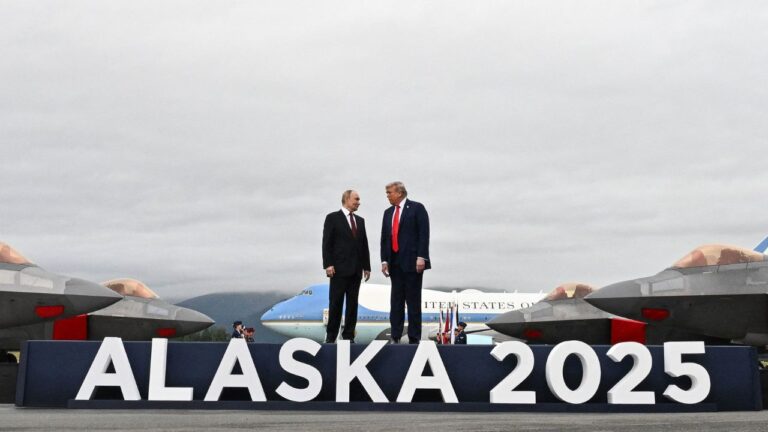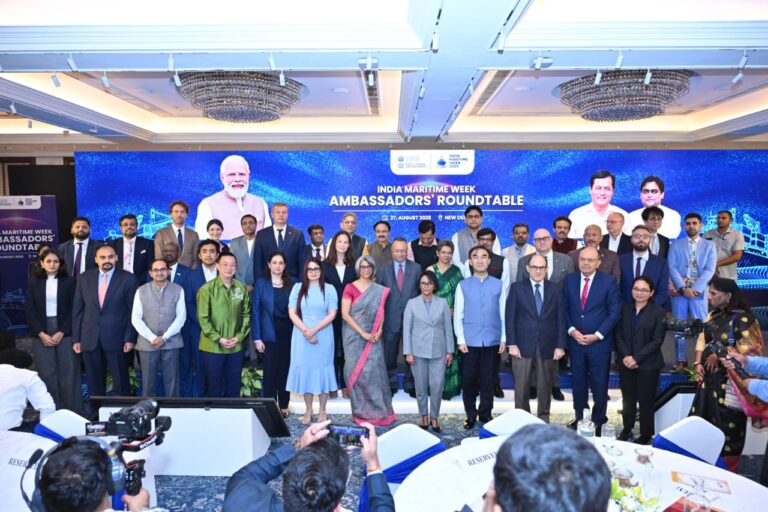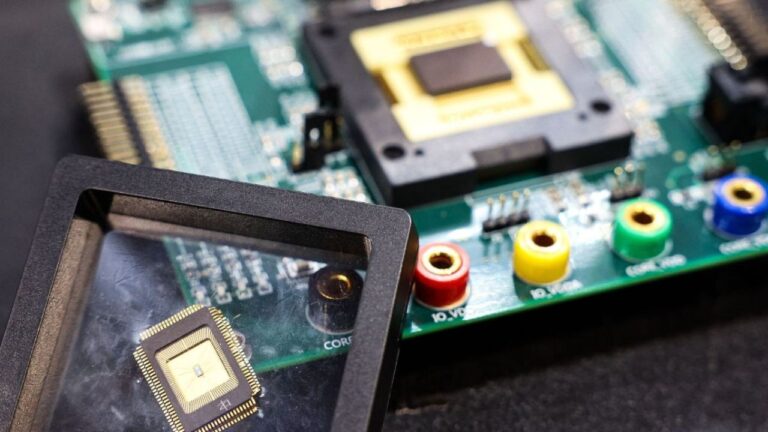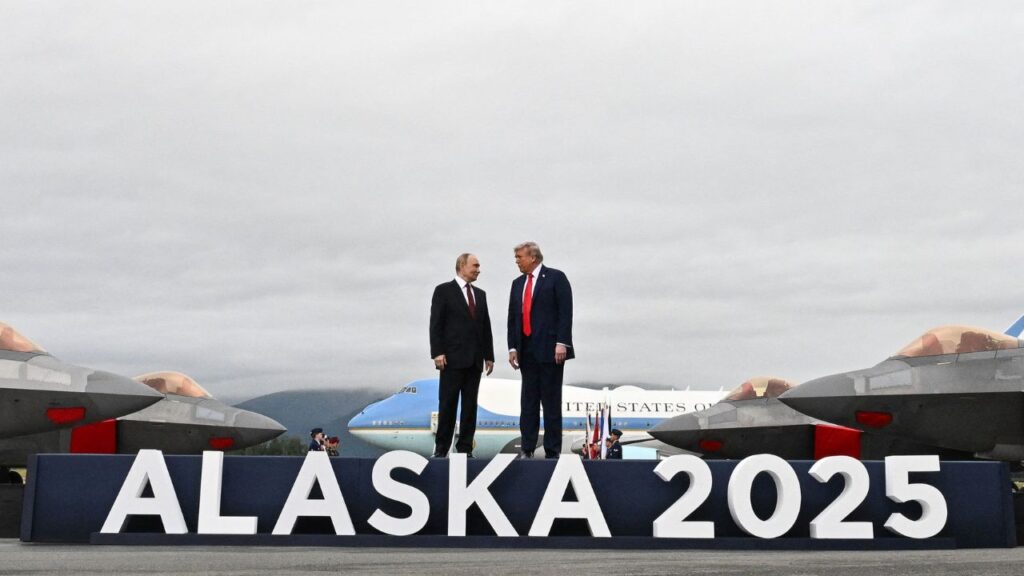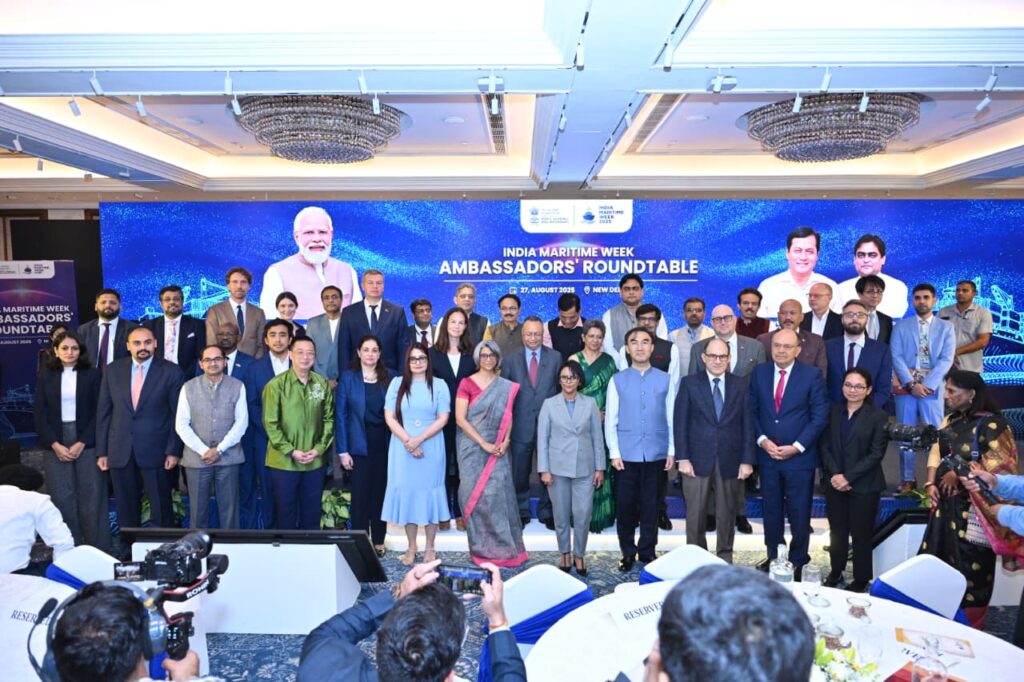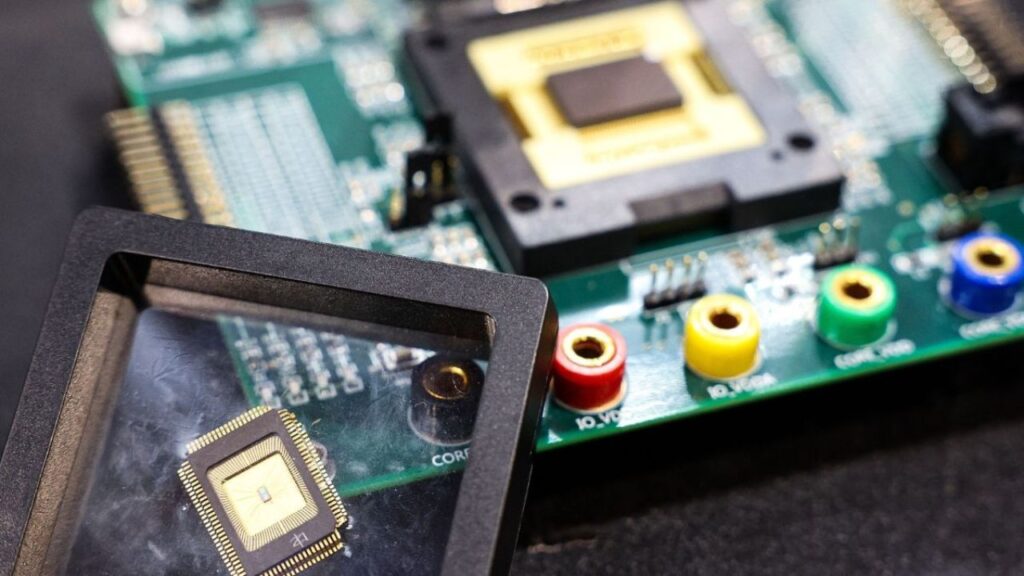Former Executive Director of Air India Jitender Bhargava spoke to The New Bengal Gazette editors Syed Abubakr and Sumit Singh on the tragic Air India Boeing Dreamliner plane crash in Gujarat’s Ahmedabad, which has claimed at least 270 lives. A probe has been ordered to ascertain the cause of the crash. Bhargava penned a book titled The Descent of Air India, which chronicles the financial downfall of the public sector airline.
Question: As a former Executive Director of Air India, what are your initial thoughts on the tragic crash of Flight AI171 in Ahmedabad?
Answer: I am horrified and sad. Horrified because when you see a visual of an air crash resulting in 270 casualties, and sad because it was my airline at one time, and I felt Air India had a good safety track record, and what happened suddenly. The people are questioning the safety standards of Air India. So it’s saddening me. Deeply troubling, I would say, but we’re coming to terms with it now.
Question: What is your assessment of the possible causes of the plane crash, given the reported MAYDAY call, rapid descent, and crash within 30 seconds of takeoff?
Answer: Having worked with Air India for twenty years and now fifteen years later after I quit, I’ve been closely observing the industry. I’m one of them who will not hazard a guess or speculate what it is. But when you look at the fact that it happened in the daytime, the visibility was good, so weather can’t be blamed for it. The aircraft Dreamliner has been a good aircraft, notwithstanding the controversy that it had in the year 2013-201414 when a whistleblower came out with a lot of facts, etc. My take has been that there are over 1,100 Dreamliners flying with some multiple airlines and has had a good safety track record. So where should I repose my faith in? On the whistleblower’s contentions or on the actual track record of Dreamliner aircraft. And that’s actually going to be for the track record of Dreamliner aircraft.
Now when you look at the pilot, for example, 8,200 hours of flying experience. So you really can’t fault as to what would have happened, but the reality is the accident has taken place. There’s bound to be a reason. So let’s wait. The black box has been recovered. Decoding will begin or may have begun, and then they will come to a firm conclusion as to what went wrong.
This black box will be the ultimate kind of evidence for it because it records virtually everything. There are over a thousand parameters of which you will get information, including the conversation between the commander and the copilot in the last moments. You made a reference to the MAYDAY call. Yes. We will also have evidence of that. When the mayday call was made at a particular minute, what happened thereafter? Why did he respond, not respond? And if he had responded, what was the response,etc. We’ll come out with a wealth of information, and these experts from Boeing, the regulatory agency DGCA, and also Air India will have factual information. And that will be the time, in my opinion, when one must say that the accident happened because of these reasons.
Question: What key information should the public and policymakers expect from the black box data and the AAIB’s report, and how long might it take to get definitive answers?
Answer: Black box has, as I said, has over a thousand kinds of parameters on which you take every instrument that’s in the aircraft, in the cockpit that is utilized by the pilots. Everything is known through the black box. Now, of course, the initial part is to come to a conclusion as to what lead they can get the investigators for further investigation now. Here I think the challenge comes in that you look at the black box, the data that’s come in, perhaps simulate the similar condition and get to know about it. And the reason why Boeing company is involved, the airline is involved, regulatory agencies involved is basically for objective analysis.
Question: Reports noted the aircraft’s landing gear was down at an unusual altitude of 600 feet, suggesting an abnormal situation. Can you explain why this might occur and what it could indicate about the aircraft’s condition at the time of the crash?
Answer: Look up the forty eight hours plus since the accident took place. Right? Rather seventy two hours plus. What have we seen? There are pilots. There are experts who have virtually commented on every aspect, on every possible reason that may have led the aircraft to an air crash, right from bird hit to flaps to fuel contamination, possible error by copilot, all those kinds of things have been speculated.
As an industry veteran, I don’t think that’s the right way to go about it. The accident has taken place, which is a reality. Why has it taken place? We have no clue about it. Let’s wait for the investigators to come to some conclusion and then start saying this is the reason for it. Because what happens after every accident in the aviation industry because of its global character is that there are lessons to be learnt, not just by Air India or India’s regulatory agency or Boeing company here, but the airline which are operating this aircraft, they would all be anxiously awaiting as to why did the accident take place.
Was it something that cannot happen to the aircraft in their fleet, or can it happen? So they’re all waiting, and this is what is the character of the aviation industry that it has its ramifications on other airlines too if the actual reason has a bearing on either the aircraft, the maintenance standards, the pilot training, etc.
Question: This was the first fatal crash of a Boeing 787 Dreamliner since its introduction. How does this incident impact the aircraft’s safety reputation, and what questions should Boeing address in the investigation?
Answer: Air India inducted this aircraft in 2011, and Air India was not the first airline to have ordered this aircraft. Even before the first aircraft had come out of the assembly line, Air India had already placed its order. It had faith in this aircraft, and that is why Air India had ordered before the aircraft had started flying.
Now when we look at it, then it was engulfed by some controversy. Not a controversy. The real problem that it had was relating to lithium batteries. Some of the airlines operating had problems, so Boeing issued an advisory to all the airlines operating this aircraft to ground them till such time they rectify this situation, the problem that they had. Once they had rectified it, it was put back in the air, but then the whistleblower had also come in to make certain allegations.
Now I have made it very clear, that’s my understanding also, that I will put my trust in the safety track record. Because let’s take a parallel example— 737-800 MAX aircraft had two major accidents after which a lot many airlines which were operating these aircraft grounded them. Boeing got back to the drawing stage, rectified the problems, and started redelivering the aircraft to the airline which had purchased this aircraft.
Now, my hypothetical question here is, should anything happen to a 737-800 MAX aircraft now, will we dig in the past and say this aircraft had suffered two major accidents or look at it post rectification of the flaws and fresh deliveries to the aircraft. I again believe that it should be the latter part of it because the airlines have taken delivery of this aircraft knowing fully well that there was a problem in this aircraft, but the same has now been rectified.
So one has to keep looking at it from the perspective of what is the safety standard because no airline in the world, I would say, would try and create a situation which makes its flying accident prone because there can’t be a worse kind of a blemish on an airline reputation than an accident.
So airlines go out of the way to ensure that pilots are well trained. Maintenance is done properly by licensed engineers because some of the television channels have gone overboard to say that DGCA had issued show cause notices to the Air India management and that non adherence or following up on those notices perhaps has led to this accident.
Now I have a straight question for these people. Number one, we must always divide the show cause notices into two components. One is service related. When, say, for example, the agricultural minister said his seat on a domestic flight was not adequately cushioned, or somebody says my seat wasn’t reclining, or the food served wasn’t edible, or for that matter, the air conditioning was not up to the standard. These kinds of complaints do not have a bearing on the safety of an aircraft or flight.
But when you have an issue of airworthiness of an aircraft, DGCA issues notice, the airline responds. Now if DGCA is not convinced that adequate barriers have been taken by the airline, the chapter cannot end there. DGCA has to take it to the logical end that these weaknesses, which can be a risk factor for the safety of a flight, must be thoroughly probed and addressed.
So I don’t think we have a situation of this kind where Air India would have said, look DGCA you’ve given us notice, you’ve pointed out certain things, and I think we can continue to disregard you a little. Nothing of this kind would happen because as I said earlier, no airline would operate a single flight when there is a small element of risk also. It’s a 100 percent safe operation for the airline to fly the aircraft.
Question: How do you assess the current role of regulatory bodies like the DGCA and AAIB in ensuring aviation safety, and what improvements could prevent future incidents?
Answer: DGCA has been a weak link. Number of airports has gone up significantly. Number of aircraft has gone up significantly. But has DGCA reengineered itself to meet the changed environment? Adequate number of staffing, every adequate number of oversights to be done by people who can check the pilot training, the maintenance of aircraft, etc. I sincerely believe DGCA has been a weak link for two reasons. One, for many years now, almost two decades, DGCA has been headed by a bureaucrat. By the time they learn the job, they are moved on to another position in the bureaucracy.
So what we need first is to have somebody who is a professional and who knows everything on what’s required to be done, what are the requirements of the airlines. And if airlines are trying to say something or manipulate some kind of a thing, he knows the reality. And the DGCA as an organization is not prone to pressure from the Ministry of Civil Aviation. It is currently a part of the Ministry of Civil Aviation. So if the Civil Aviation Minister is to direct something to the DGCA or any of the bureaucrats have to say something, I don’t think the head of DGCA would have the confidence, ability, and competence to say—no, this is not in the interest of Indian aviation.
Question: In your book The Descent of Air India, you have highlighted systemic issues under government control. How do you view Air India’s safety culture and operational improvements since the Tata Group’s takeover in 2022, and could any lingering issues have contributed to this crash?
Answer: There were two things. One was a straight question that I had when working with Air India. Can Air India meet the challenges of time, the competition from the other airlines if it continues to be under Sarkari Raj. I was convinced it’s not going to happen. It’s not gonna succeed. And Air India can’t have a timeline of, say, one year, two years to take a certain decision when decisions need to be taken instantly.
The work culture was the second one. You can’t be dictated by unions as to what your policies should be. If a new work system has to be introduced to meet to upgrade the product, it should be introduced rather than be seen as a union blocking it by saying—you can’t do this kind of thing.
So that is where the descent of Air India was written—clear, fearlessly written, naming anybody and everybody who contributed to the downfall of Air India. So having been a strong articulate and advocate of disinvestment, when Tata got it, I was also jubilant about it. And I said—look, finally, Air India can rejuvenate, can become a global airline once again, of choice.
But three and a half years down the line, I can foresee. Yes. As far as the fleet size is concerned, the network of Air India is concerned, it will grow. Because with 570 aircraft ordered, it will fly virtually from every other point in India to most of the destinations which are required abroad, overseas, beside the domestic points.
But can one say that, look, anything and everything that we expected of Air India under the Tatas or what JRD Tata would have liked Tatas to accomplish, I can say perhaps not at the moment. But then I also appreciate the fact that the rejuvenation of Air India from the stage Tatas inherited—a very, very pathetic state—and the work culture that Air India had, is akin to a five day cricket match and not a one day cricket match. It will take time for Tata’s to accomplish the change.
But this accident that has taken place will be a temporary setback, will perhaps make Tatas realize that, look, we need to get the new aircraft faster. Not that the age of the aircraft is any contributory factor in this accident, but profiling the perception needs to be radically changed. So one can look forward to it because much of it has been achieved.
I will not deny the fact that new inductees have joined the airline. You have new aircraft coming in with all the modern amenities for a passenger, expansion of fleet. But one thing that we need to look at here is Air India, when it was under government control, had a large engineering setup, an engineering department. But a few years before Air India dinvestment was done, the engineering department was made into a separate subsidiary, Air India Engineering Services Limited (AIESL). Now when Air India as an airline was disinvested, where do you maintain your aircraft? It can’t be an automatic thing that because you were a subsidiary of Air India, you’ll do it. But now Air India has become a Tata entity, whereas AIESL is a government entity.
So if we need to find a firm solution, because there are about 3,000 licensed engineers with AIESL, the government should accelerate the pace of disinvestment of the subsidiary too. And if Air India has to acquire it, so be it. If Indigo has to acquire it, so be it. But we can’t have a situation where Indian carriers send their aircraft abroad for maintenance, whereas AIESL has adequate capacity but does not have very many orders to maintain. They are currently, of course, maintaining 1777 aircraft every month for Kuwait Airlines. So they are getting business from abroad, and there is no rationale for them not to get adequate business from Indian carriers.
Question: This crash has drawn significant attention from across the globe. How can Air India rebuild public confidence in its safety and reliability following such a tragedy?
Answer: Let me put it in a global perspective because the aviation industry has a global character. When you fly or an accident takes place of an international flight, it not only has people of various nationalities on board, but it makes news worldwide because either their own country’s airline is using this particular aircraft or there is large connectivity, etc. which is understandable, I would say.
But when you have to judge and say—look, Air India has had an aircraft accident, so safety is at risk. Proper maintenance is probably not being done. Pilots are not being adequately trained, etc. But let me take you to the other examples. Whenever an airline of Air India’s size or bigger has had an accident, has that airline survived and flourished or not? They have not shut down operations.
After a while, you don’t question the accident and say—because of one accident, the entire airline can be branded as unsafe. It does not happen. It has not happened with Singapore Airlines, Japan Airlines. You name an airline which has had an accident, and you don’t do it. So the aviation experts, the people who know the industry very well, don’t judge an airline’s safety track record on account of one accident. They look at what are internationally accepted parameters. How many accidents per 1,000,000 passengers flown? How many accidents per million take off and landing. So you don’t judge an airline safety record on a map for a week or ten days about what happened, but over the period of time, that airline has been operating, and that’s true for Air India as well.
Question: Ahmedabad airport is known for frequent bird strikes, with 462 incidents reported over five years. How likely is it that a bird strike caused the crash, and what measures should airports like Ahmedabad take to mitigate this risk?
Answer: You’re making me, again, hazard a guess as to the cause of the accident, which I will not make. But if the birds are a threat, it needs to be addressed irrespective of the accident because they are at risk to flight operations. You know, whenever an airport is conceptualized, it is always land for it is found adequately away from the main city. You want to travel to a long distance beach and airport. But then what we have been witnessing in India is that once the airport starts, the city tends to move.
The housing and new colonies keep coming. The developers, the builders keep building closer to it. Now for example, in the case of Ahmedabad, if those medical intern hostels were not there and they were barren land, the pilot could have been able to make a soft landing on grass, not resulting in explosion, not resulting in aircraft engulfing in fire and therefore so many casualties.
So if one has to really go through it, you can always find fault and, well, this was wrong. Pilot should have had adequate area to maneuver the aircraft for a safe landing, but you can’t have a hurdle in between, like a concrete structure, which when it crashed, fire came out and the aircraft broke up into multiple pieces, resulting in deaths.
Question: Having served as Air India’s executive director until 2010, how does this tragedy resonate with you personally, and what lessons from your tenure could inform the response to this crisis?
Answer: There are different stages of evolution of the aviation industry. Even JRD Tata said this to Mr. Ratan Tata when Mr. Narasimha Rao had called JRD Tata in 1991 when the skies were being opened up. And I’m quoting Mr. Ratan Tata when he made the statement at the launch of Vistara in Mumbai that JRD Tata called him up and said—look, we need an international partner, and that is why they got Singapore Airlines, that the technology that existed, the aviation industry that existed when he was helping airline, it has changed significantly. So let us get an international partner and start an airline.
Likewise, I would say, it has been fifteen years since I superannuated. Aviation industry has changed. Competitive environment has come in. Fly by wire aircraft are the order of the day. Customer’s perception has changed for airlines. It is no longer an industry for the elitists to fly. It has become a mode of mass transportation. So you can’t really say this is what needs to be done. Computerization has come in, but all I can say is Tatas have the wherewithal to make Air India, to redeem the kind of promise they made at the time of descent or taking control that we’ll give India a globally recognized world class airline. So I still have faith in it.

